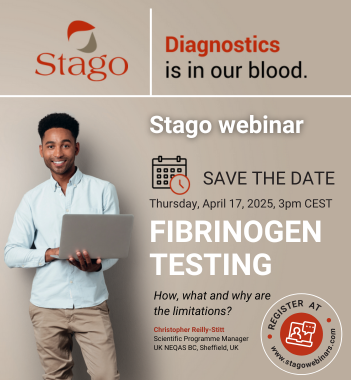There are three main stages:
In children, whose personal history may be less informative, a specially adapted questionnaire addressing familial history may be more effective. It must nevertheless be borne in mind that rare hemorrhagic diseases can result from recessive transmission and that the child's personal and familial history may thus provide little or no information.
A platelet count can reveal the presence of thrombocytopenia potentially responsible for abnormal primary hemostasis. However, it cannot be used to identify thrombopathy.
- questioning
- clinical examination
- laboratory tests
Questioning
This is a key stage since it allows detection of any hemorrhagic tendencies, whether associated with a primary hemostasis disorder or with a coagulation disorder. Use of standardised questionnaires ensures better quality of the information obtained and of the interpretation of this information.In children, whose personal history may be less informative, a specially adapted questionnaire addressing familial history may be more effective. It must nevertheless be borne in mind that rare hemorrhagic diseases can result from recessive transmission and that the child's personal and familial history may thus provide little or no information.
Clinical examination
This examination supplements questioning and in particular may reveal cutaneous and mucosal hemorrhagic signs.Laboratory tests
The standard battery of laboratory tests includes assessment of platelet count, Quick's time (prothrombin time) and Activated Partial Thromboplastin Time (APTT).A platelet count can reveal the presence of thrombocytopenia potentially responsible for abnormal primary hemostasis. However, it cannot be used to identify thrombopathy.

